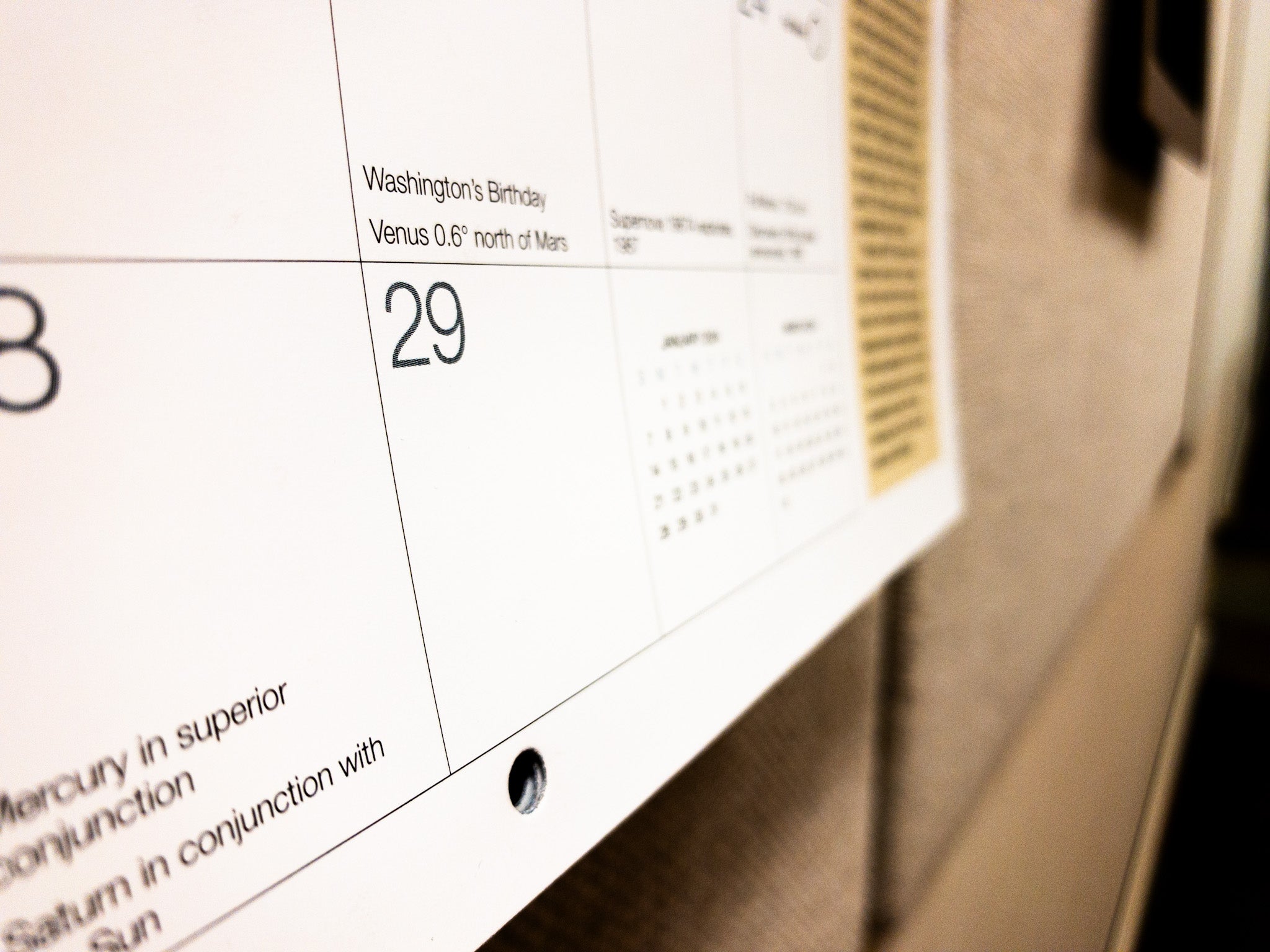
This Thursday the 29th, we’ll have an extra day in February, as we do every four years. The reason is to keep our calendar from drifting out of alignment with Earth’s orbit. While our calendar has 365 days, Earth actually takes nearly an additional quarter day to complete one orbit. To be precise, the solar year lasts 365.2422 days.
By adding a day every 4 years, we eliminate the bulk of that discrepancy. However, there are additional rules that come into play every 100 years to bring the calendar into even closer alignment with the solar year. Every century, we omit the leap day in the year divisible by 100 — unless the year is also divisible by 400. So, the years 1700, 1800, and 1900 had their leap days skipped, but 1600 and 2000 kept their leap days.
This system was instituted by Pope Gregory XIII in October in October 1582 as a corrective to the Julian calendar, which had been in use since Julius Caesar introduced it in 45 B.C.E.
In the Gregorian calendar, over a 400-year cycle of following the rules, the calendar drifts only about three hours relative to the solar year. Still, the remaining discrepancy will add up to a full day roughly every 3,200 years, so eventually, we’ll have to modify the system again!
Follow Astronomy magazine, the world’s best-selling astronomy magazine:
🌎 Website: https://astronomy.com
📖 Subscribe: http://subscribe.astronomy.com
📘 Facebook: https://www.facebook.com/AstronomyMagazine
📸 Instagram: https://instagram.com/astronomy.magazine
🐦 X/Twitter: https://twitter.com/AstronomyMag
Shop Celestron telescopes:
🔭 Website: https://celestron.com
Follow Dave Eicher:
📘 Facebook: https://www.facebook.com/davidjohneicher
📸 Instagram: https://instagram.com/eicher.david
🐦 X/Twitter: https://twitter.com/deicherstar









